Did you know that the single most important piece of equipment on your caravan is the braking system? Fancy awnings, solar panels, and hot water systems are all well and good, but they won’t mean anything if you can’t bring your van to a stop when you need to.
Australia also has very strict and clear criteria for trailers depending on their weight and size. It’s important to understand how your brakes work so that you never find yourself in trouble on the road or with the law.
Warning: When it comes to caravans, we are enthusiasts, not professionals.
If you suspect that there are any issues with your brakes, seek advice from a professional who can assess your vehicle and provide you with personalised advice.
We don't take any responsibility for issues that arise from acting on the information in this article.
Legal Requirements
Australian law is very clear about brake systems on trailers and caravans. Check out the different weight categories below. We’ll go into detail about the specific types of brakes later in the article.
GTM is the maximum permissible mass of the loaded trailer on the caravan’s axles. In layman’s terms, it’s the maximum allowed weight of the van and everything inside it on its axles.
As a general guide, two to four berth caravans tend to weigh less than 1,300kg. Meanwhile, four to six berth caravans usually weigh up to 2,000kg. However, this isn’t a given so do refer to your manufacturer or caravan handbook.
Alternatively, the GTM can be found on the van’s compliance plate.
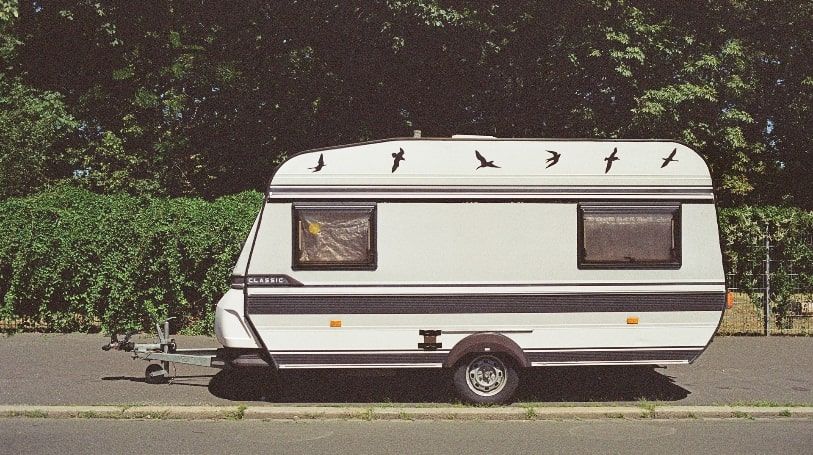
Types of Braking Systems
As with regular vehicles, there are two main types of brakes - drum brakes and disc brakes. In caravans, these can be broken up further into mechanical brakes and electric brake systems. Let’s compare the two to see how they work.
Drum Brakes
These are the most common brakes found in caravans. In short, the brake creates friction inside a drum to create resistance and stop the vehicle.
An actuator arm causes the braking shoes to move outward and into contact with the drum. Drum brakes can be broken down into two subcategories: mechanical and electrical.
Mechanical
These brakes mechanically move the actuator arm via steel cables, which apply force to generate movement in the arm. This in turn causes the braking shoes to contact the drum.
An overriding coupling actuates the brakes. The coupling moves in and out of an overriding cylinder and in turn constricts the steel cables.
Mechanical brakes are only used on trailers less than 200kg when loaded so they’re unlikely to be on your caravan.
Electric
Electric brakes are common on caravans over 750kg and mandatory on trailers over 2,000kg.
These perform similarly to the brakes in a car. However, unlike a car, caravan brakes use an electromagnetic lever system. A controller inside your vehicle enables you to use this system. This controller allows for manual and automatic braking.
When it is set up, you just need to engage the brake pedal in your car and the caravan brakes will activate too. The brake controller energises electromagnets that are attracted to the inside of the brake drum. This pivots the actuator arm, activating the brakes.
Electric brakes are popular because they activate very quickly.
However, they are prone to wear and tear and break down over time. Several brake providers do have more robust systems that are designed to combat rougher terrain, but they come at a higher price.
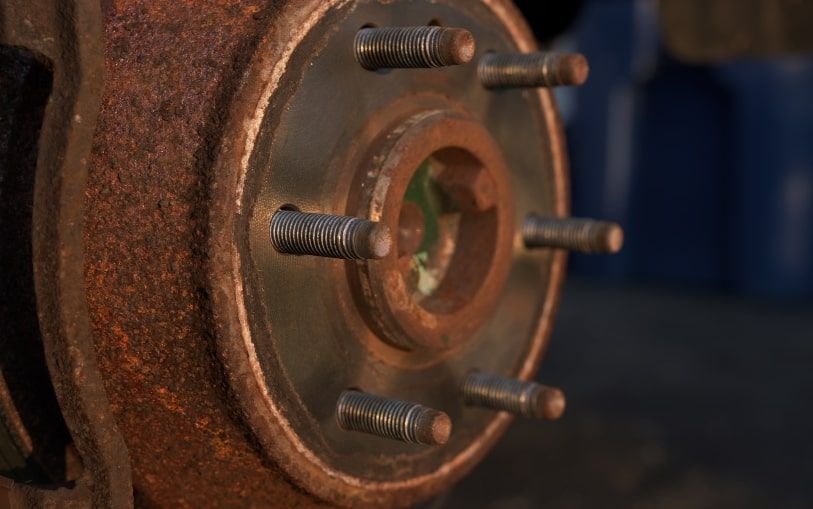
Hopefully your brakes are in better condition than these!
Drum Brake Components
Here are the key pieces that make up a caravan drum brake system.
- Backing Plate - All of the parts of the braking system are mounted to the backing plate except for the drum. Think of it as the foundations of a house, holding everything together. It is mounted to the fixed part of the axle and doesn’t rotate.
- Brake Drum - The front face of the drum is connected to the caravan wheels, behind the drum. The axle of the wheel passes through the backing plate and out the front of the drum so that everything rotates.
- Brake Shoes - These expand to transfer braking force to the drum. Usually made of cast iron, they have a high-friction lining inside to prevent corrosion of the drum. If the lining is damaged you’ll hear the squeal of metal rubbing against metal. The leading shoe is forward to the direction of motion, while the other is called the trailing shoe.
- Actuator Arm - A key component of the braking system, it applies force to the braking shoes to ensure that they contact the drum.
- Reactor Springs - These springs balance the braking forces between the forward and trailing shoes to prevent excessive wear.
- Adjuster Spring - This spring adjusts the necessary braking force. They can be tightened or loosened to change the braking response. Make sure that you get a specialist to do this.
Disc Brakes
Disc Brakes offer superior performance to drum brakes. However, they are rarely a standard feature on caravans. They use a calliper with pistons that force friction pads against a rotating disc on the wheel. Hydraulic fluids ensure the smooth movement of the piston.
Disc brakes have superior stopping power compared to drum brakes and also have better waterproofing.
The main problem is that they are a lot more expensive than their counterparts. They’re also more difficult to set up because they require a mounted position on the exterior of the caravan. It can also be a problem to incorporate the braking handbrake inside the towing vehicle.

Disc Brake Components
- Rotor - This is the disc that gives this type of brake its name. It is bolted to the wheel and rotates with it. Cheaper discs are made from cast iron while lighter, premium options can be ceramic or cast alloys.
- Callipers and Brake Pads - When the brakes are activated the brake pads come into contact with the rotor discs. These brake pads are attached to pistons that are housed inside the callipers. The callipers are mounted and don’t rotate with the wheel. They can be made from ceramic or plastic-based materials.
- Actuator and Master Cylinder - This contains the majority of the hydraulic fluid used to brake. The brake pedal activates the actuator and triggers the pistons in the master cylinder. Pressure builds within the cylinder and this, in turn, pressurizes the pistons inside the calliper. The callipers have a smaller surface area than the cylinder so this creates a high braking force.
How the Overrun Braking System Works
Overrun systems are designed to stop a trailer from smashing into the towing vehicle when it starts braking. When the vehicle hits the brakes, it will start to slow yet the caravan will continue on at the original speed, creating the possibility of a collision.
Overrun brakes counteract this by preventing the load from travelling too fast for the towing vehicle.
Overrun brakes have a sliding piece mounted on the drawbar near the coupling. It tightens when the trailer is in danger of overrunning the vehicle. It pulls the brake cables and activates the caravan brakes.
The harder the load pushes against the tow vehicle, the stronger the resistance of the overrun brake. Where possible, avoiding sudden braking to ensure that this works as smoothly as possible.
Overrun dampeners are a type of shock absorber that prevent the overrun brakes from instantly kicking in as soon as you lift your foot off of the throttle.
When towing your van, be aware of your surroundings. Steep hills or mountain sides may test the limits of your overrun system. If you’re descending at a constant speed this will cause the overrun system to keep engaging and potentially overheat.
It’s a good idea to take regular stops and allow the system to cool down for safety. Use a low gear and descend slowly otherwise you’re asking for trouble.
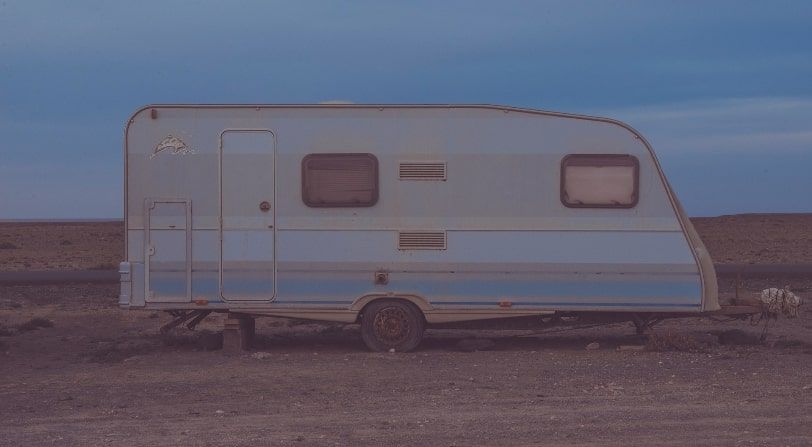
Do Caravan Brakes Activate When You Reverse?
Initially, the brakes will engage and create resistance from the caravan. This isn’t a problem. Just keep going and the brake system will detect that the caravan is going backwards.
Brake drums utilize a reverse mechanism to prevent the overrun system from kicking in. This mechanism also allows you to move backward for half a meter even when you engage the handbrake of the caravan’s braking system.
Speaking of reversing, a reversing camera for your caravan is another smart investment for those who want to improve safety while towing their van.
Servicing Your Caravan
You must get your caravan serviced regularly by licensed professionals. This is especially important when it comes to your braking system.
You could be risking your own and your family’s life if you don’t know what you’re doing, so don’t take that chance. According to the Caravan Industry Handbook, you should get your brakes serviced at least once per year.
Be Smart and Stay Safe
Before you go to the dealership to buy a new car or ute, consider the towing capacity of the vehicle. This will impact the size of caravan you can legally tow, as well as the operation of your overrun system.
Remember that you should never overload your caravan. Firstly, it’s illegal but it can potentially be deadly for you and other road users. We have all seen the dashcam footage of unfortunate caravan accidents on Australian roads.
I hope that this guide has helped you to understand the braking systems in caravans. It’s a topic that every caravan user should familiarize themselves with for their safety.
The most important thing is to know the limits of your trailer and to make sure you get it serviced by a professional regularly.
If you’ve any questions please comment below!
If you're interested getting more safety equipment, consider fitting a caravan sway bar as well.
This article may contain affiliate links. I will earn a commission if you choose to purchase a product or service after clicking on my link. This helps pay for the cost of running the website. You will not be disadvantaged in any way by using my links.
Note that while every effort is made to ensure the accuracy of the information on this page, there may sometimes be errors. Check all specifications with the manufacturer before purchasing any product.

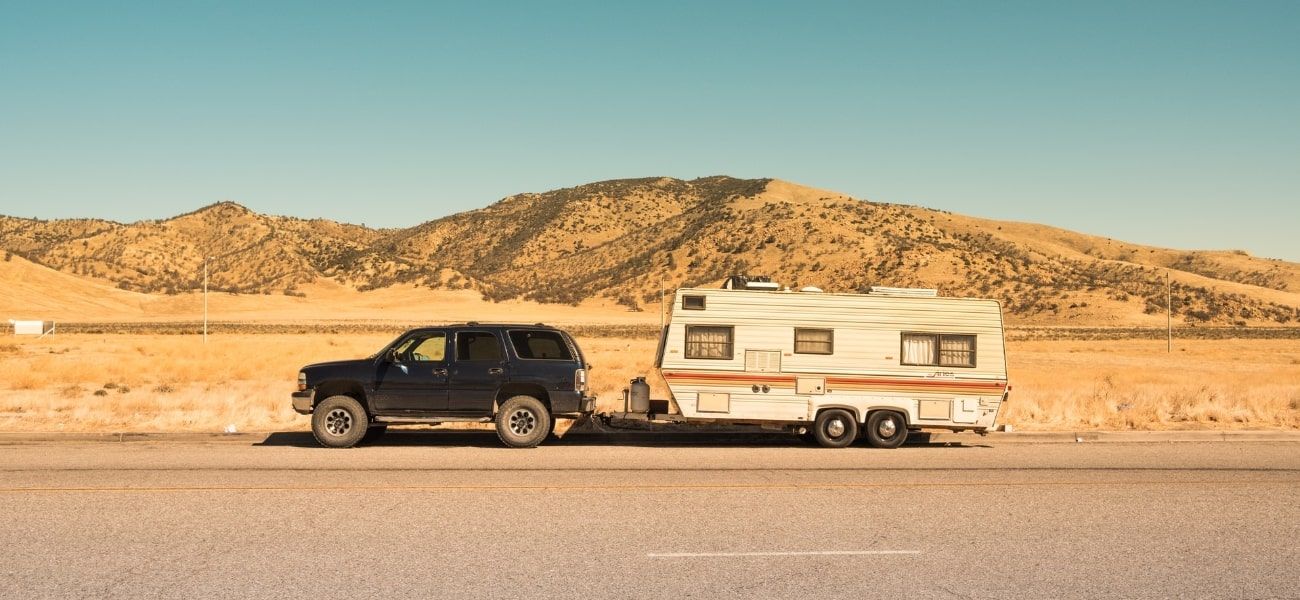
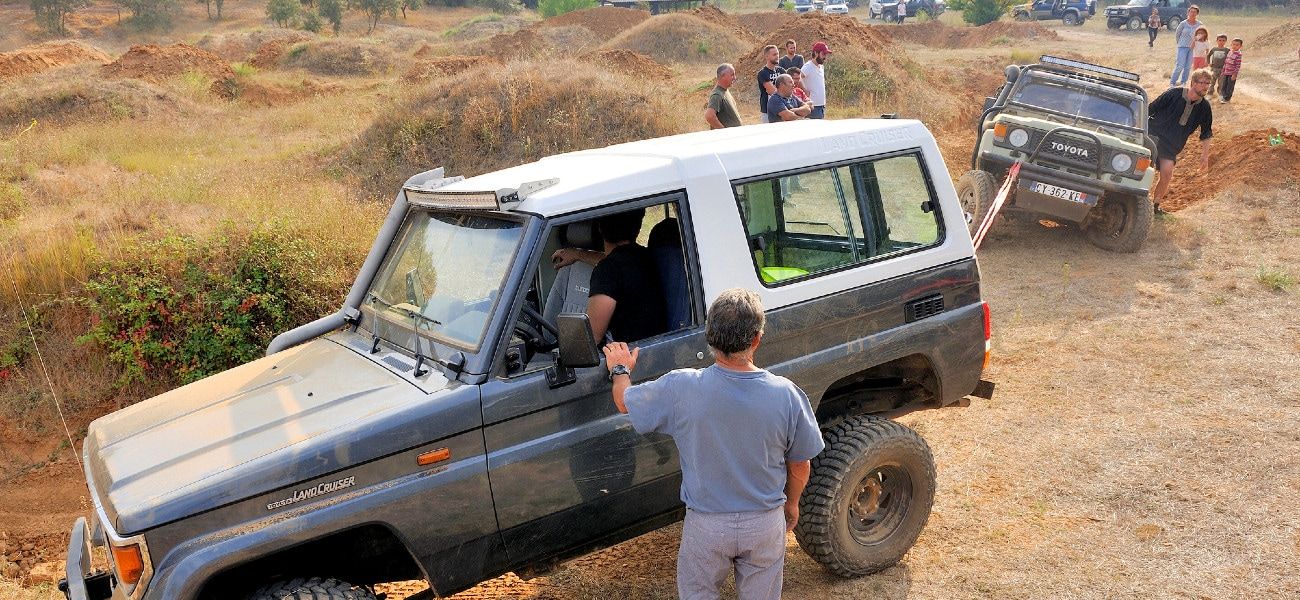

Great explanation as far as it goes. But how does the brake controller work. In particular: how does a proportional brake controller work to adjust braking effort, and how do the caravan brakes respond to the controller’s input.